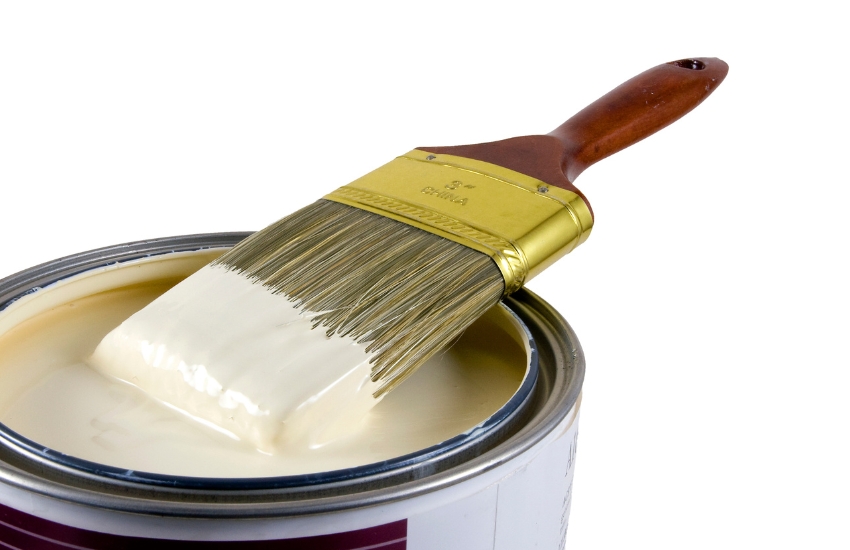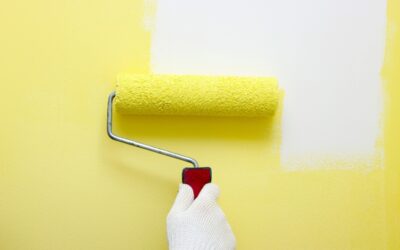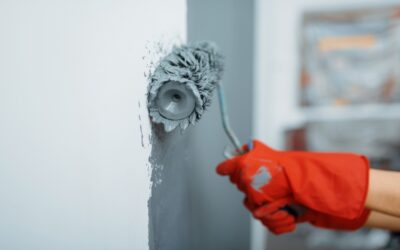Top Mistakes to Avoid in Industrial Painting Projects

Industrial painting projects are high-stakes. Whether you’re coating a warehouse floor, structural steel, machinery, or tanks, a poor paint job can lead to premature failure, safety risks, non-compliance, and expensive rework. That’s why avoiding key mistakes from the start is essential to ensure durability, efficiency, and return on investment.
Here are the top industrial painting mistakes to avoid—and how to get the job done right the first time.
1. Skipping Surface Preparation
No matter how high-quality the paint is, it won’t adhere properly to a dirty, oily, rusty, or uneven surface. Inadequate surface prep is the #1 reason industrial coatings fail prematurely.
What to Do Instead:
-
Remove rust, grease, and old coatings via abrasive blasting, power washing, or chemical cleaning.
-
Repair cracks, pits, or surface damage before coating.
-
Follow SSPC or NACE standards for industrial surface prep.
Tip: The surface should be clean, dry, and profiled for the specific coating system you’re using.
2. Using the Wrong Coating for the Environment
Each industrial environment has unique demands—chemical exposure, moisture, abrasion, temperature extremes. Using a general-purpose paint in a harsh setting will lead to rapid failure.
What to Do Instead:
-
Choose coatings based on environmental conditions (e.g., epoxy for chemical resistance, polyurethane for UV exposure).
-
Consult a coatings specialist or manufacturer rep to match the product to your needs.
Pro Insight: The right coating protects, the wrong one peels, cracks, or corrodes quickly.
3. Ignoring Environmental Conditions During Application
Paint application conditions—like temperature, humidity, and surface dew point—matter. Applying coatings outside the manufacturer’s recommended range can cause poor adhesion or finish defects.
What to Do Instead:
-
Monitor surface temperature, air temperature, and humidity.
-
Avoid painting during rain, high humidity, or when surfaces are too hot or cold.
-
Follow recoat windows and cure times precisely.
Common Mistake: Painting in direct sun on hot metal surfaces can cause rapid drying and poor film formation.
4. Inadequate Film Thickness
Applying too little coating can leave the surface vulnerable. Applying too much can cause sagging, cracking, or extended curing times. Either way, incorrect film thickness compromises performance.
What to Do Instead:
-
Use a wet film thickness gauge during application.
-
Measure dry film thickness (DFT) after curing to ensure it meets specification.
-
Follow the manufacturer’s guidelines precisely.
Note: Some industrial specs (e.g., tank linings) require strict DFT verification to pass inspection.
5. Underestimating the Importance of Primers
Skipping the primer to save time or money is a costly mistake. Primers are designed to promote adhesion, prevent corrosion, and create a stable base for topcoats.
What to Do Instead:
-
Always use the correct primer for the substrate (e.g., zinc-rich primers for steel).
-
Never mix and match primer/topcoat systems from different manufacturers unless compatibility is confirmed.
6. Neglecting Safety and Compliance Requirements
Industrial painting involves chemicals, equipment, and working conditions that pose safety risks. Skipping safety protocols can lead to injuries, violations, and costly project delays.
What to Do Instead:
-
Use proper PPE (respirators, gloves, goggles, etc.).
-
Ensure ventilation, especially when applying solvent-based coatings.
-
Follow OSHA standards for confined spaces, working at heights, and hazardous materials.
Bonus: Safety-first practices also lead to cleaner, more consistent work.
7. Hiring Unqualified or Inexperienced Contractors
Not all painters are equipped for industrial work. Hiring the wrong team often results in poor surface prep, incorrect application, and coatings that fail far earlier than they should.
What to Do Instead:
-
Choose contractors who specialize in industrial painting.
-
Look for certifications like SSPC QP1/QP2, NACE-certified inspectors, or experience in your specific industry.
-
Request references and previous project examples.
8. Skipping Maintenance After the Project
Even the best coatings require periodic inspection and touch-ups. Neglecting post-project maintenance shortens the lifespan of your investment.
What to Do Instead:
-
Create a maintenance plan with regular inspections (especially in high-stress areas).
-
Schedule touch-ups as needed to prevent small issues from becoming big problems.
-
Keep detailed records for warranty, compliance, and insurance purposes.
Final Thoughts
Industrial painting is complex, technical work—cutting corners or rushing the job can lead to costly consequences. By avoiding these common mistakes, you ensure your coatings do their job: protecting your facility, extending service life, and keeping your operations safe and efficient.
Need a trusted partner for your industrial painting project?
Work with experienced professionals who understand surface prep, product selection, application techniques, and regulatory compliance. The right expertise makes all the difference.


